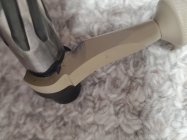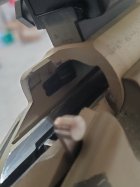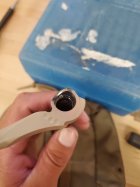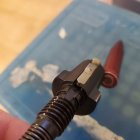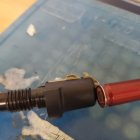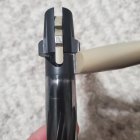I'm wondering what might be causing this and how to fix it.
My PTG bolt takes noticeably more movement before it starts cocking the firing pin when lifting the bolt handle vs the stock Remington bolt. This results in a heavier bolt throw.
The PTG bolt has Gre Tan internals installed by Greg.
Could it be the cocking piece? I noticed the PTG cocking piece looks shorter, but I haven't measured the two yet.
My Remington bolt starts cocking the firing pin almost as soon as I start to lift the bolt handle.
ETA using a CG Xtreme mod 22 trigger.
My PTG bolt takes noticeably more movement before it starts cocking the firing pin when lifting the bolt handle vs the stock Remington bolt. This results in a heavier bolt throw.
The PTG bolt has Gre Tan internals installed by Greg.
Could it be the cocking piece? I noticed the PTG cocking piece looks shorter, but I haven't measured the two yet.
My Remington bolt starts cocking the firing pin almost as soon as I start to lift the bolt handle.
ETA using a CG Xtreme mod 22 trigger.
Last edited:














